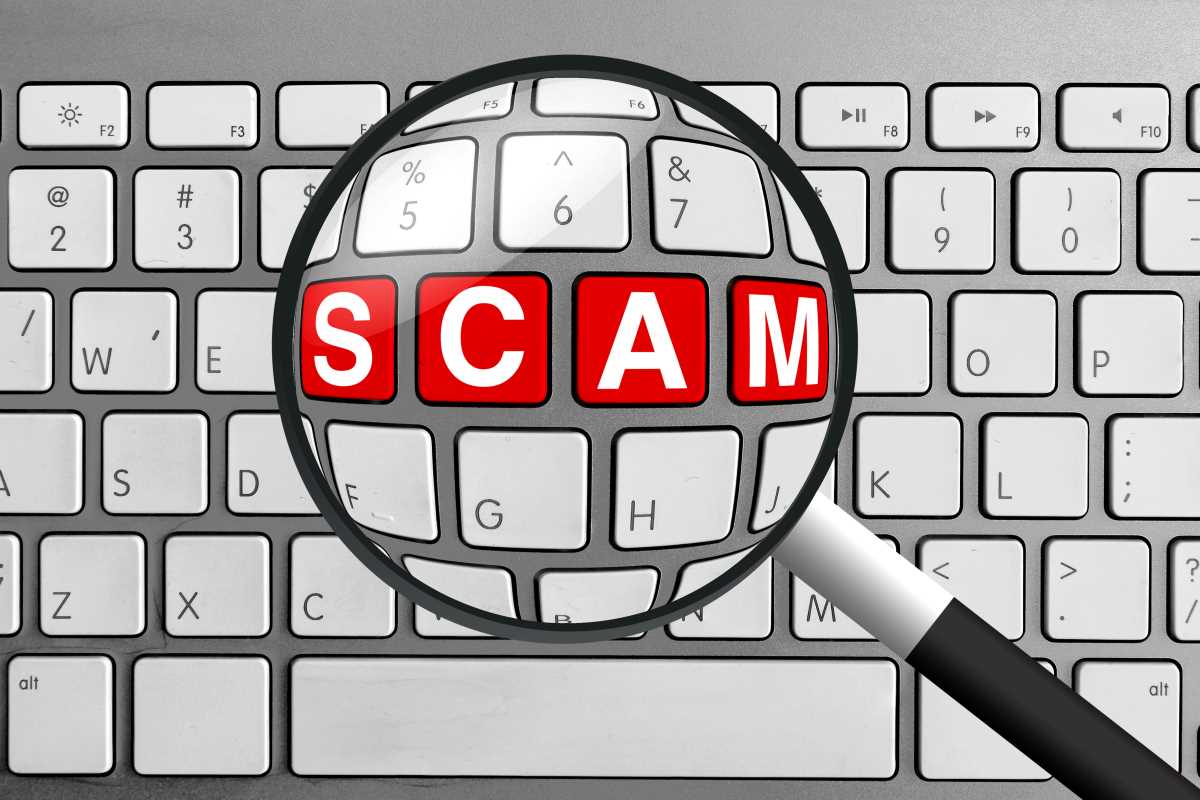When you think of auto insurance scams, you might imagine staged accidents or faked injuries. While these are common, some fraud begins much earlier, even before you purchase a policy. Deceptive individuals create fake websites that look legitimate and pose as insurance representatives. They take your money for policies that do not actually exist, leaving you without coverage when you need it most. Other criminals engineer elaborate collisions, making it look like you are at fault for an accident you did not cause. These situations can be incredibly stressful and confusing, often leading to wasted time and significant financial loss. Understanding how these common auto-related frauds work is the best way to protect yourself and steer clear of trouble.
Understanding the Landscape of Fraud
Criminals have many tactics to get money from unsuspecting drivers or their coverage companies. Suspicious activities can be small lies or detailed setups. Some schemes involve selling non-existent coverage, while others focus on causing deliberate accidents, then making false reports. Recognizing these ploys early can shield you from major headaches. Remember: everyone pays the price for fraud, as higher costs get passed on to all motorists. Let’s unpack familiar forms of deception you may encounter.
Scams During the Buying Process
Problems can arise as soon as you start looking for a policy. People searching for rock-bottom prices are especially at risk, as scammers know they might not notice warning signs.
Fake Plans and Phony Brokers
In one of the nastiest schemes, criminals offer worthless paperwork that looks official. These so-called “ghost brokers” create slick ads online or on social media, promising deals that seem almost too good. You might receive documents and even proof of coverage, but none of it is real. The fake agent just pockets your payment. Victims often discover the truth only after an accident, during a traffic stop, or when attempting to file a claim and learning there’s no actual protection. Without real coverage, you’re responsible for any damage or legal issues that follow.
Dishonest Agents and Underhanded Quotes
Sometimes, the problem isn’t entirely fake coverage, but instead, agents who cut corners to lower a quote. For example, they might fudge details about where you live or how much you drive. Entering a rural address instead of your city one, or listing a car as rarely used when it’s your daily ride. Their goal is to shrink your rate. This approach, also called “sliding,” puts you at risk. If the company investigates and finds false information, they can refuse your claim or drop your plan altogether, which brings serious consequences.
Staged Collisions on the Road
Not all scams happen in an office. Some fraudsters work together on the street to trap honest drivers and collect payouts on claims.
The “Swoop and Squat”
Picture yourself surrounded by cars. One pulls up beside you, blocking an escape. The car in front then slams on the brakes with no warning. Forced to brake suddenly, you hit the lead vehicle. Since the law often blames the second car for a rear-end crash, you’re marked as responsible, even though it was a setup. The group then files exaggerated claims for damages or injuries.
The “Drive Down”
You approach an intersection or parking lot exit, and a friendly driver signals that you can go ahead. As you pull out, that same driver speeds up and crashes into you. They later claim they did not wave and blame you for not yielding. Trust can backfire. This con counts on people taking others at their word.
The “Panic Stop”
With this move, the fraudulent driver in front of you suddenly slams to a stop for no good reason. It’s timed so you might be distracted for a split second. You end up hitting their car, again making you legally at fault. The scammer can then make up injuries or overstated repairs.
Deception After a Crash
Even honest accidents present opportunities for shady individuals to invent losses or take advantage of chaos at the scene.
Inflated Injuries and Overstated Repairs
Fraud isn’t just about causing a wreck. It also appears in made-up pain or faked vehicle damage. Someone might complain of serious back or neck pain, working with unscrupulous healthcare providers to file bills for treatment that never happened. Similarly, repair shops might join in, inflating repair invoices or charging for problems unrelated to your accident.
Pushy Helpers at the Scene
It’s common for tow truck drivers you didn’t call to show up at a crash. These “roamers” might rush you into signing forms quickly, towing your car to a particular shop that then hits you with huge fees or performs unneeded work. Others at the scene may recommend a lawyer or doctor. Often, these are “runners” paid by certain businesses to drum up more customers, not to actually help you.
Practical Steps for Protecting Yourself
Staying sharp and following smart habits are the best ways to stay safe. A few reliable steps can keep scammers at bay.
First, check that your provider and agent are genuine. Visit your state's insurance department website to verify that any company or agent is licensed. Be wary of offers that seem unrealistically cheap, and avoid paying with cash, gift cards, or wire transfers. Using credit cards or checks creates a trackable payment record.
If you’re in a crash, keep your cool and gather facts. Call local law enforcement to ensure an official report is created. Snap photos of everything: cars, any visible damage, license plates, and the whole scene. Get names and insurance info from all involved, but try not to discuss who caused the crash. Say no to unwanted tow trucks or suggestions from strangers on legal or repair help. Stick to businesses you know and trust.
Finally, don’t hesitate to report anything fishy. Contact your company’s fraud line and alert your state’s fraud bureau. By speaking up, you not only safeguard yourself but also help prevent others from falling for the same traps. A little awareness goes a long way in putting scammers out of business.
 (Image via
(Image via





